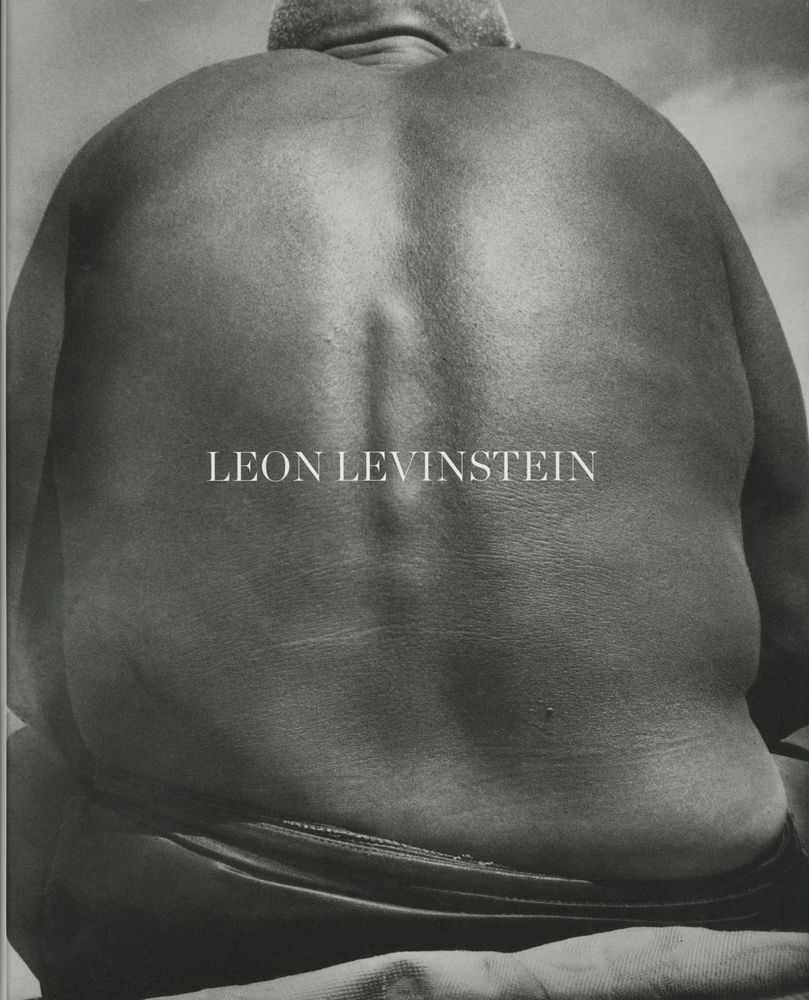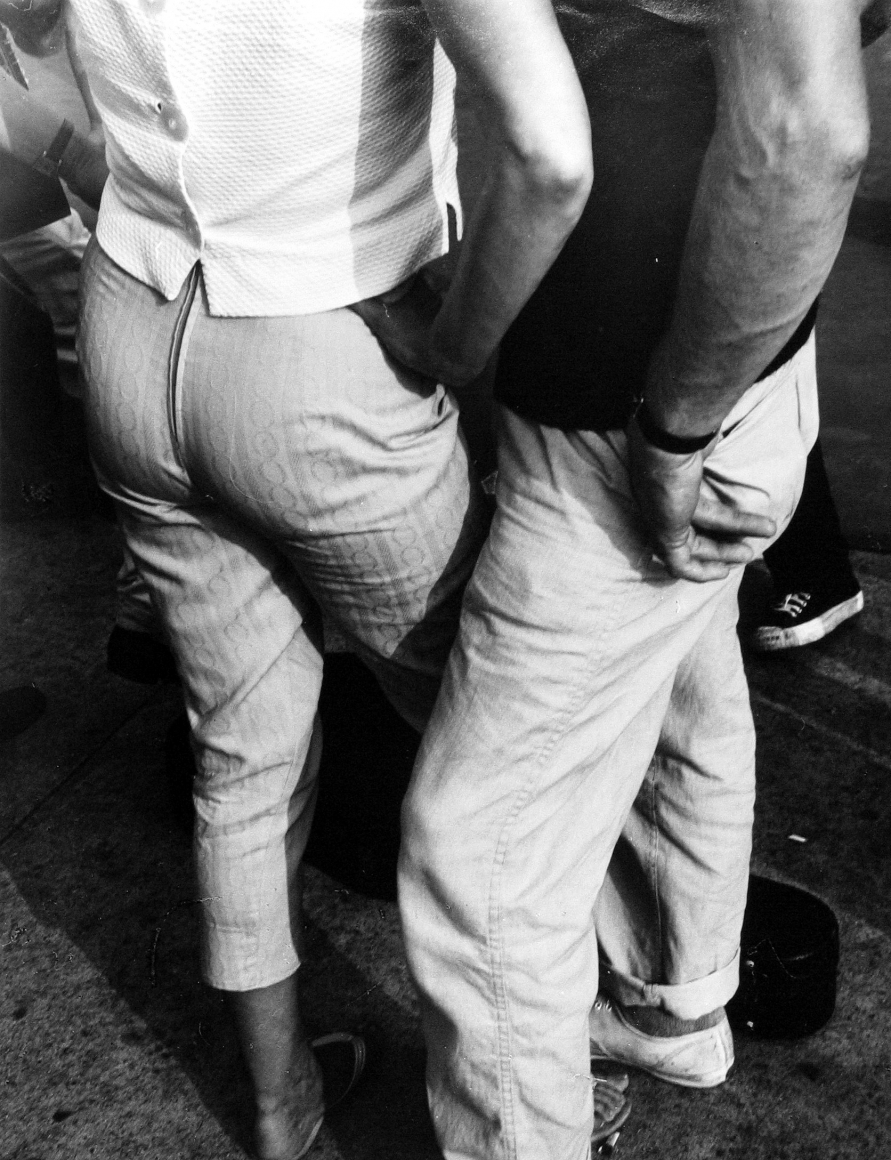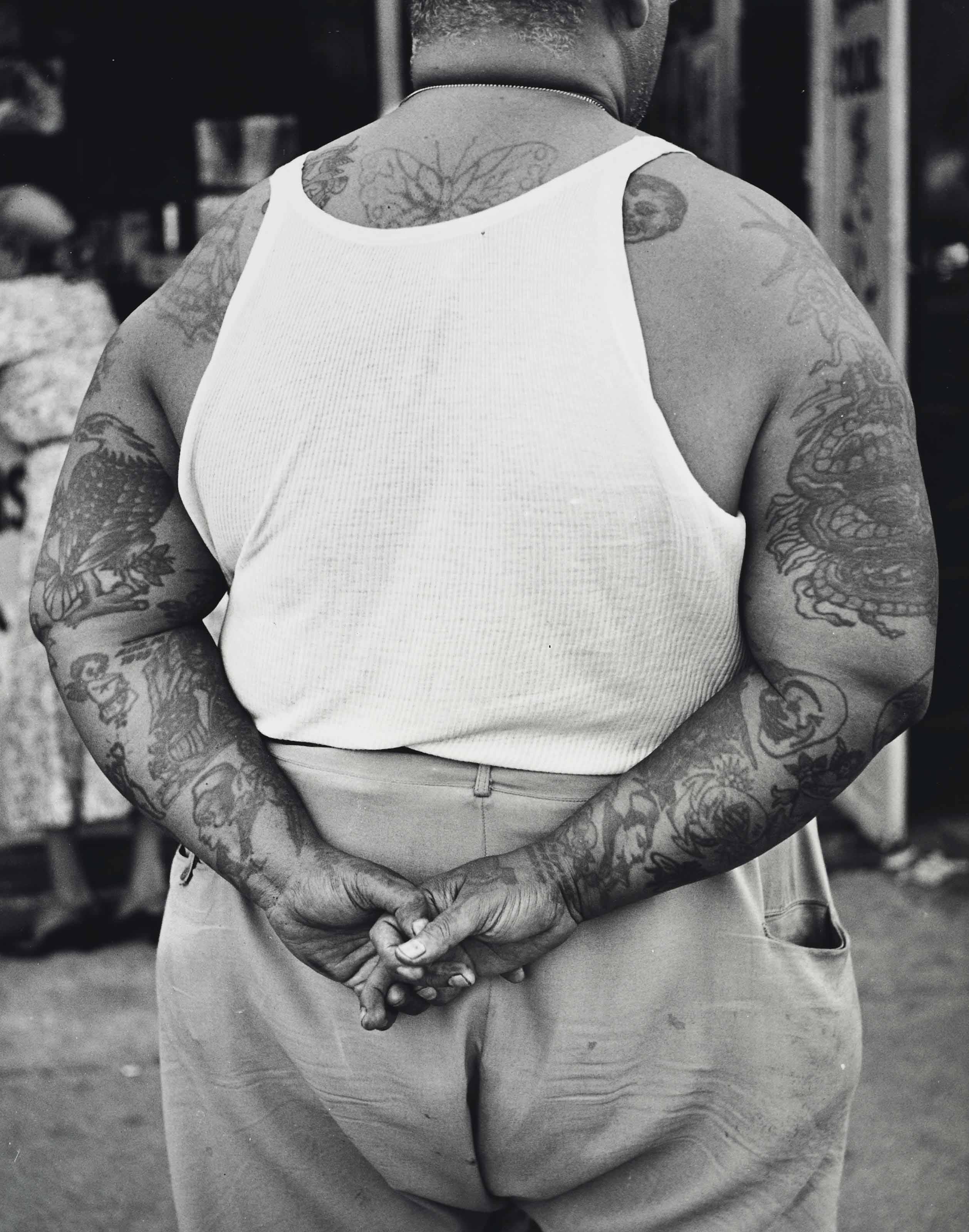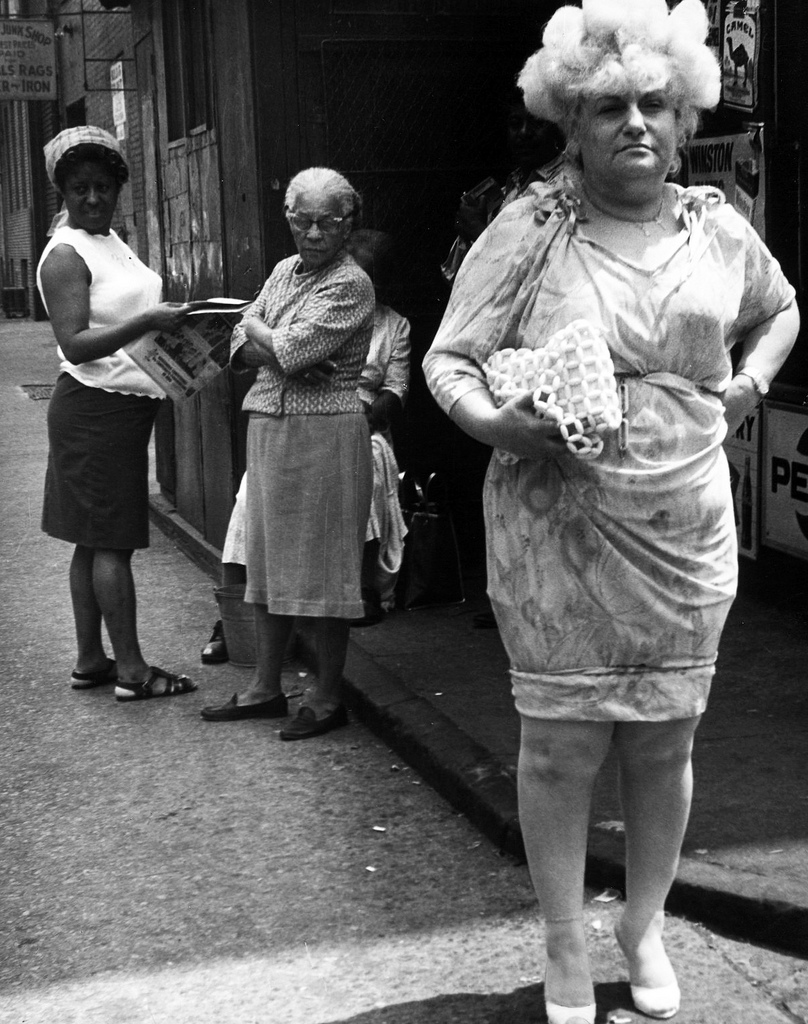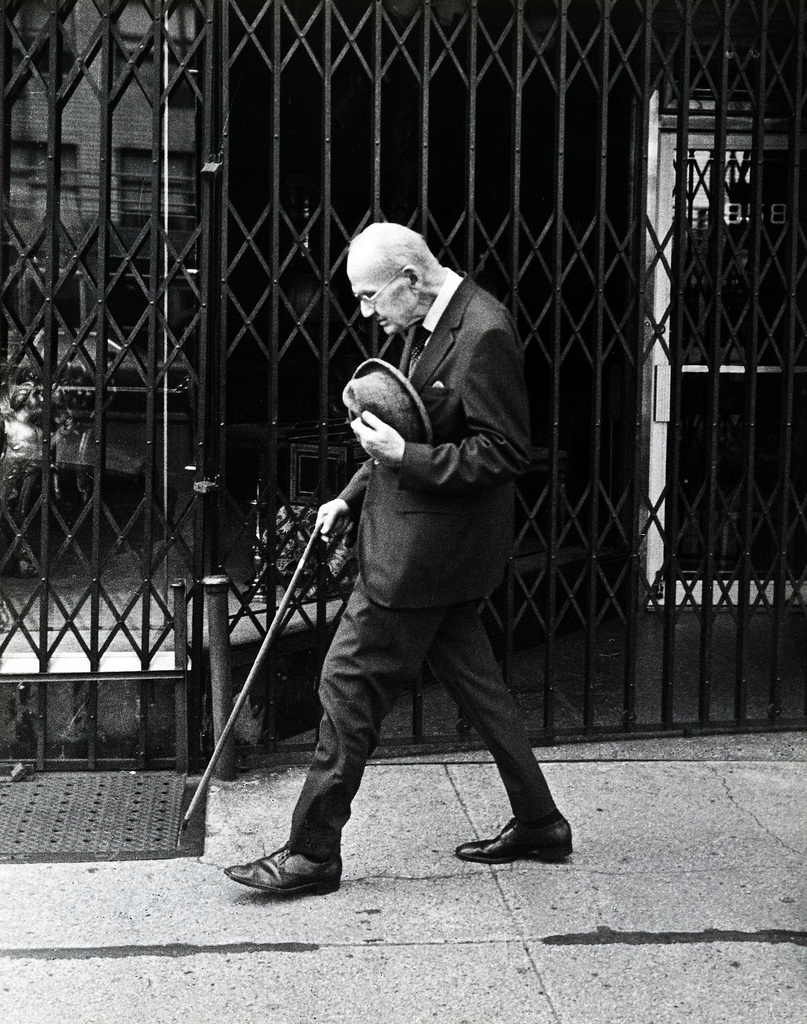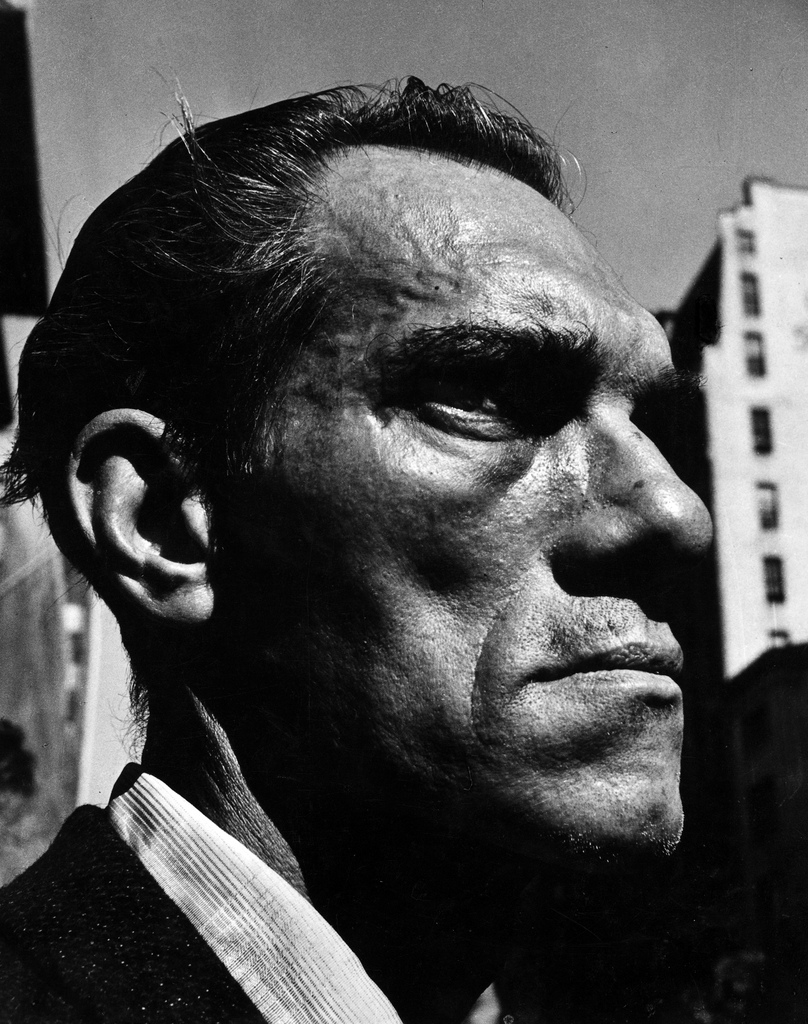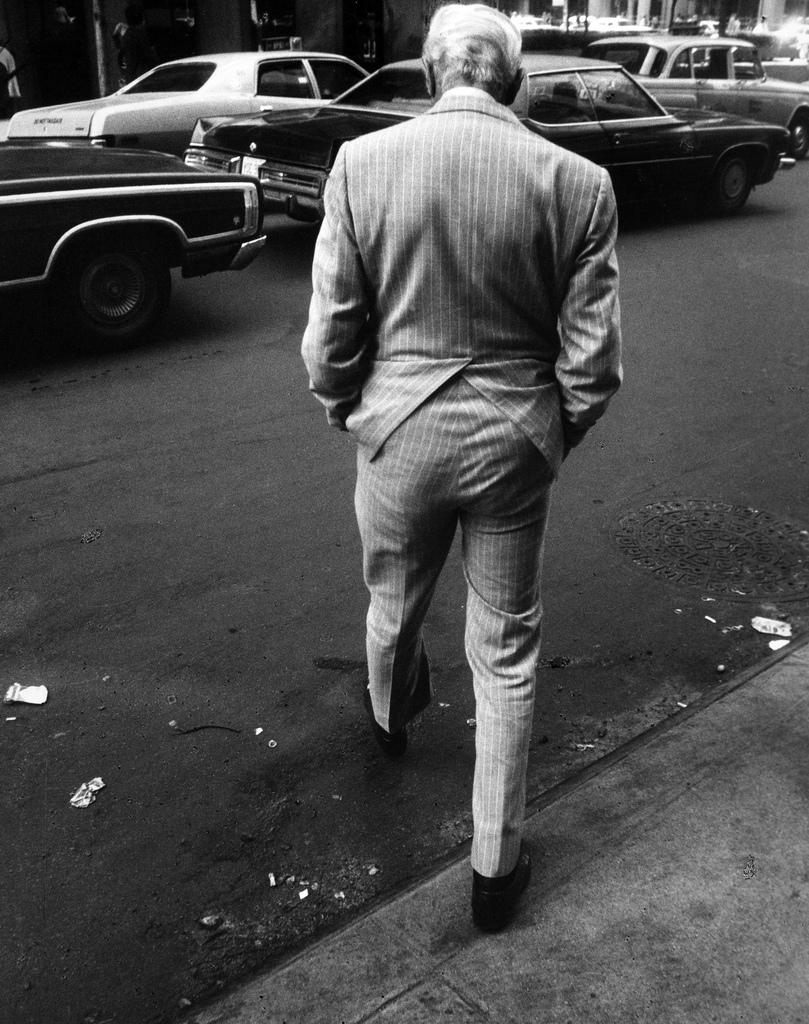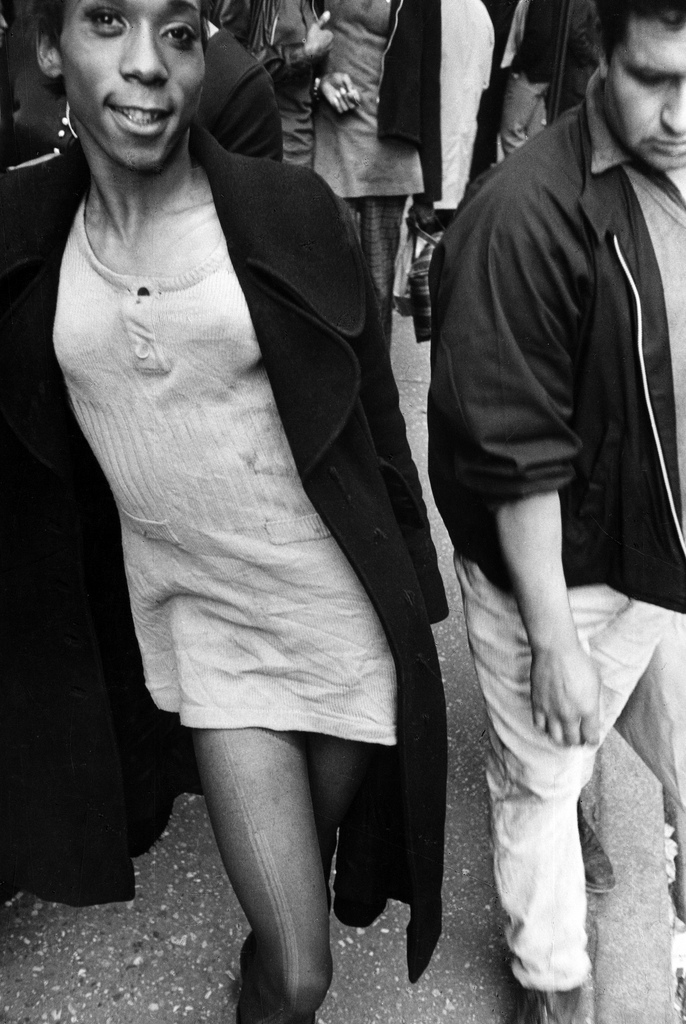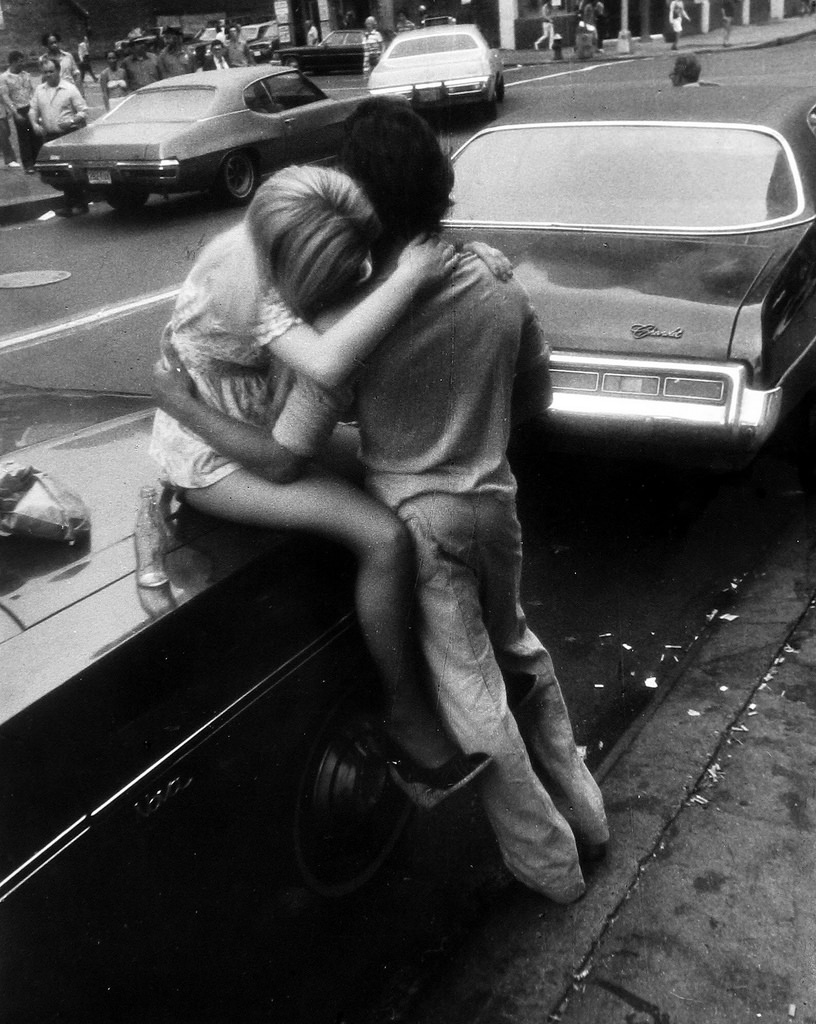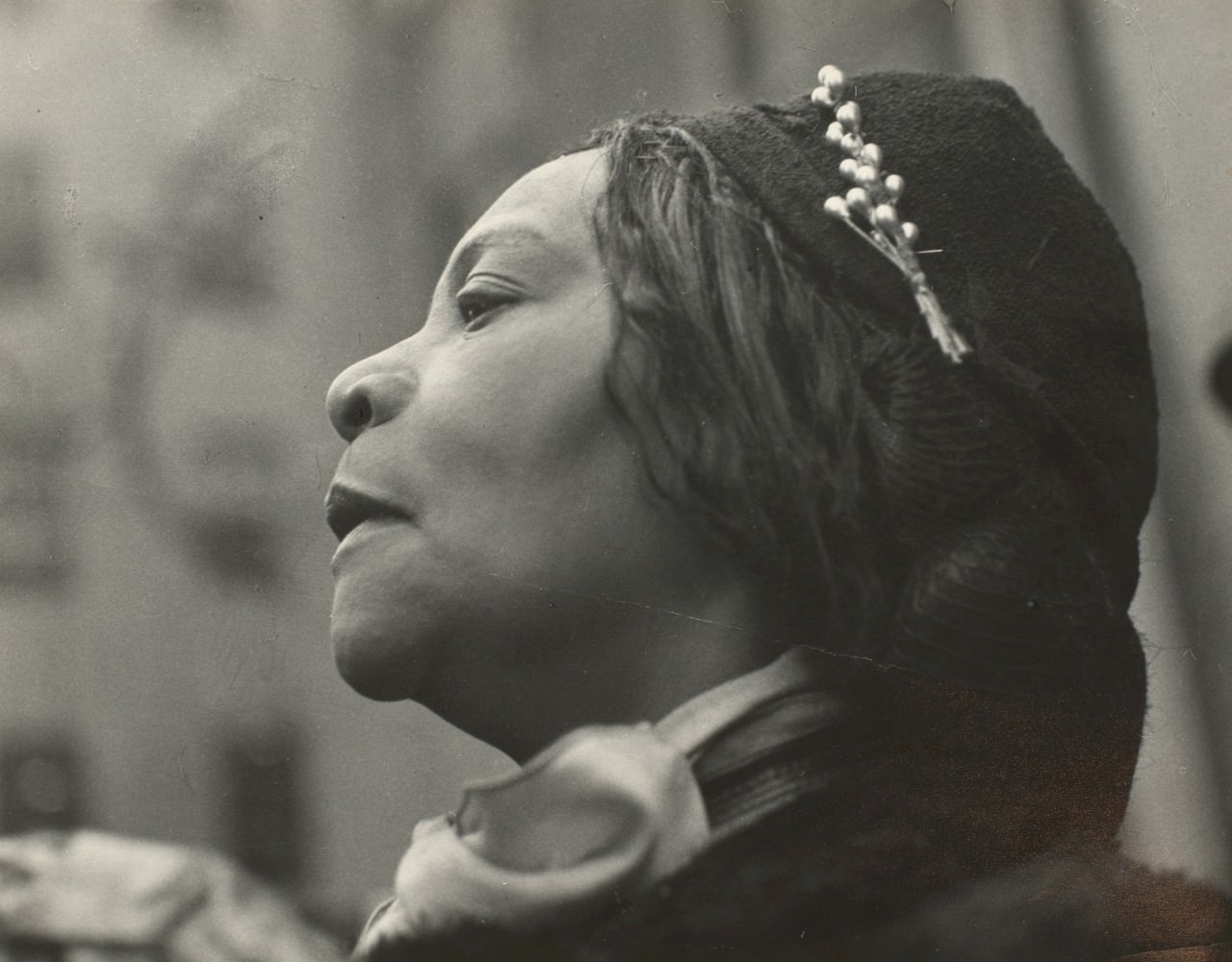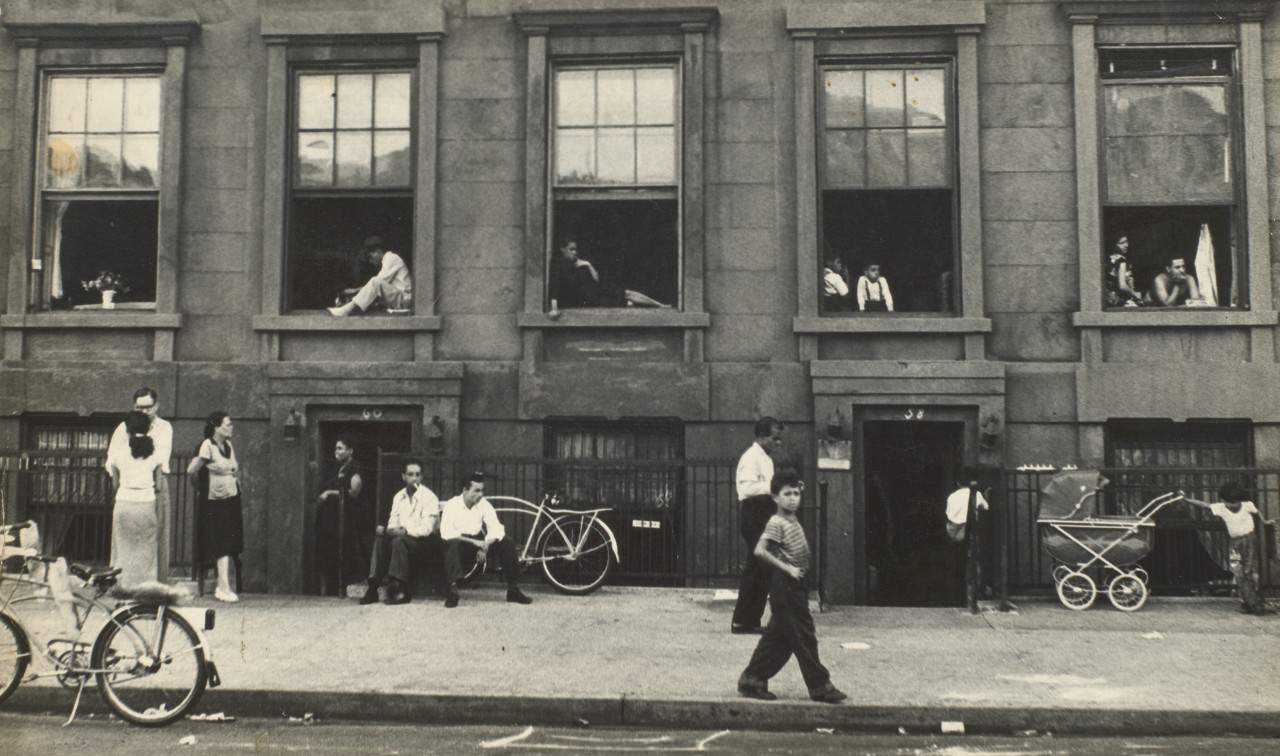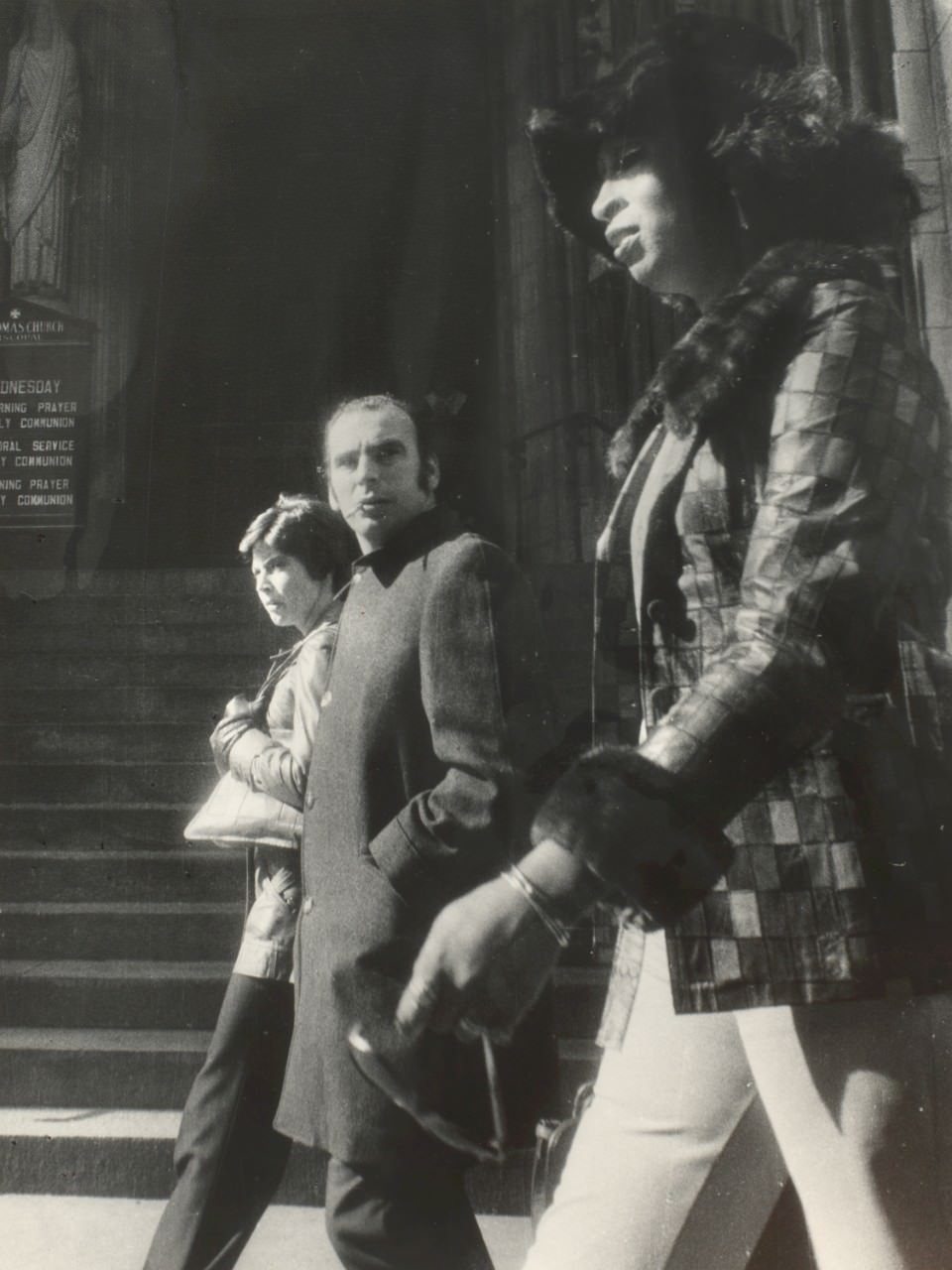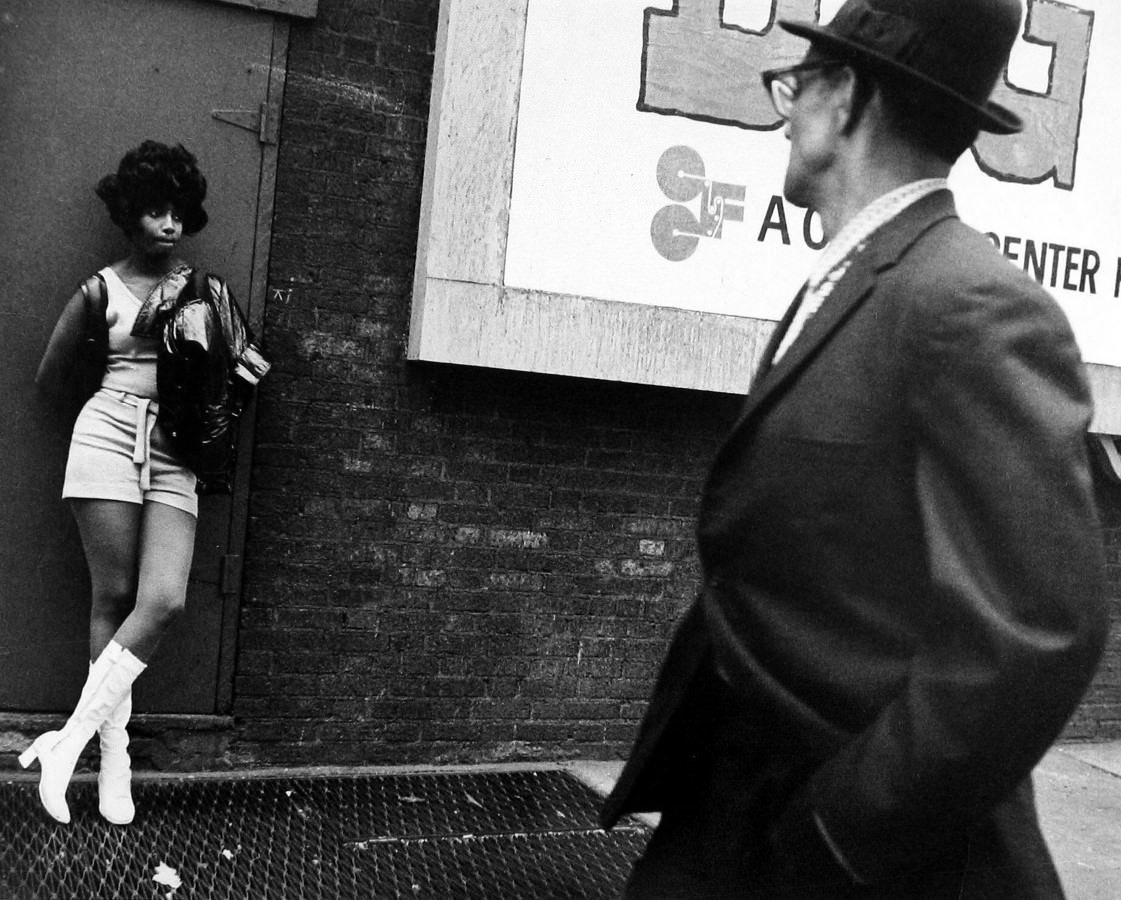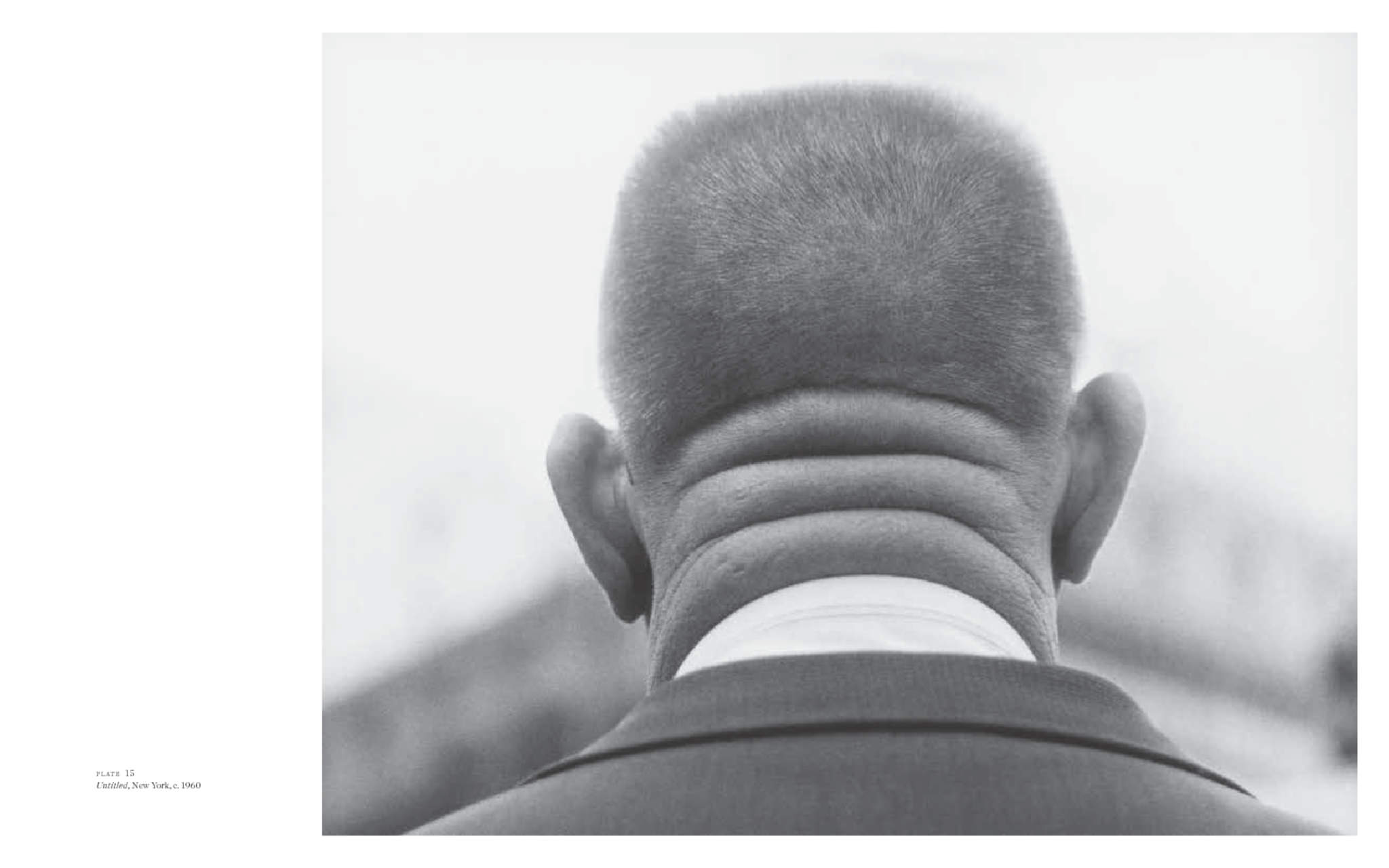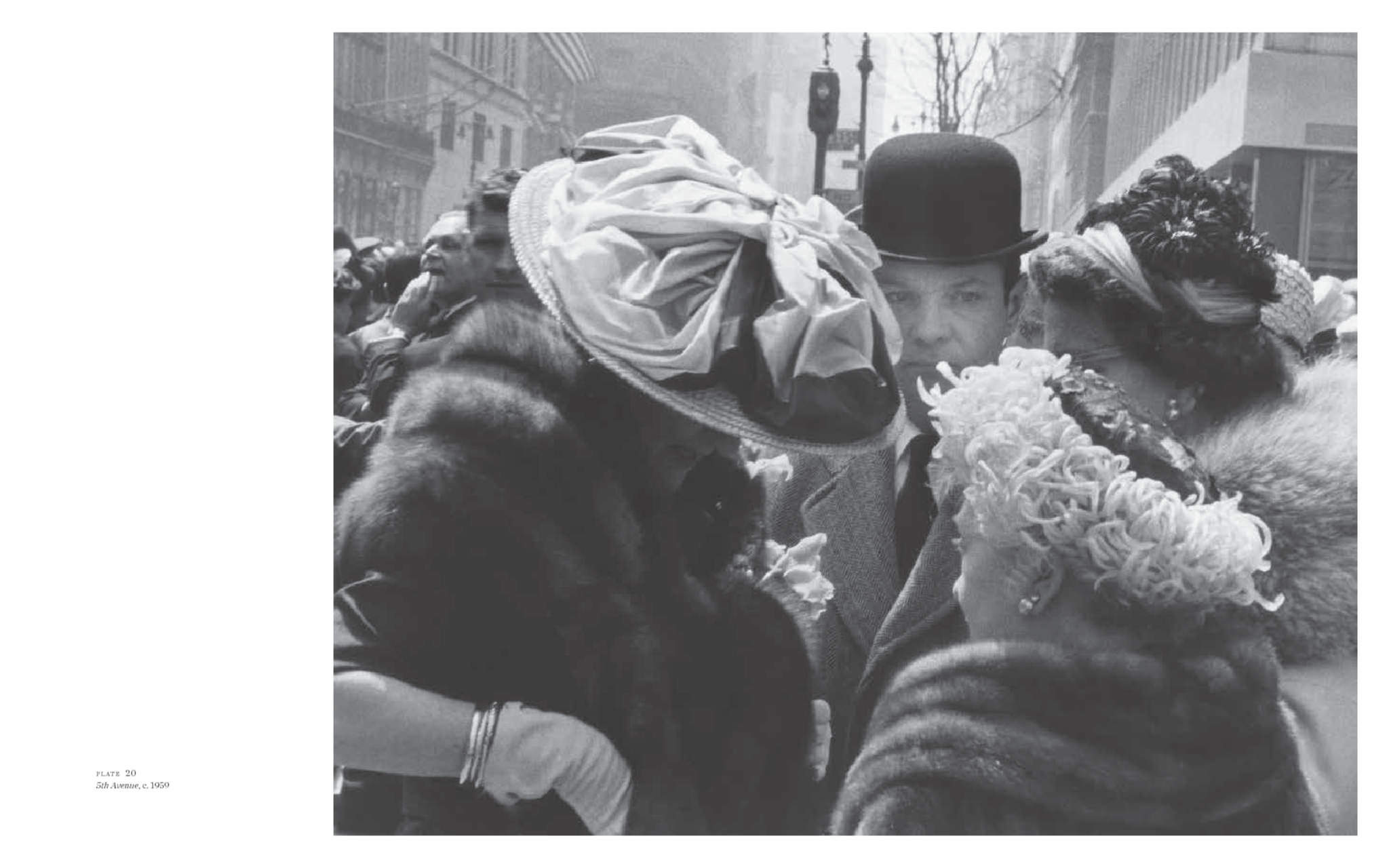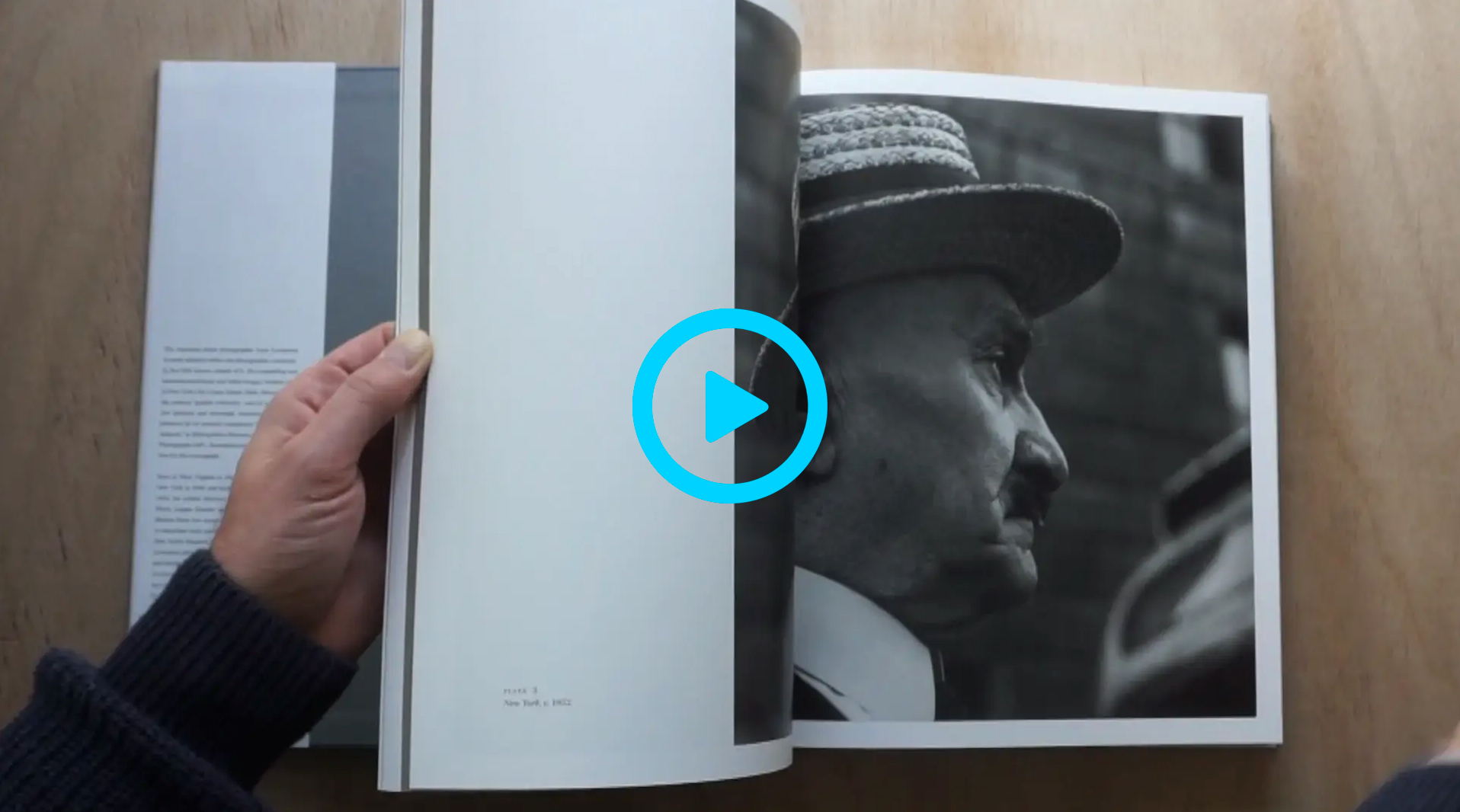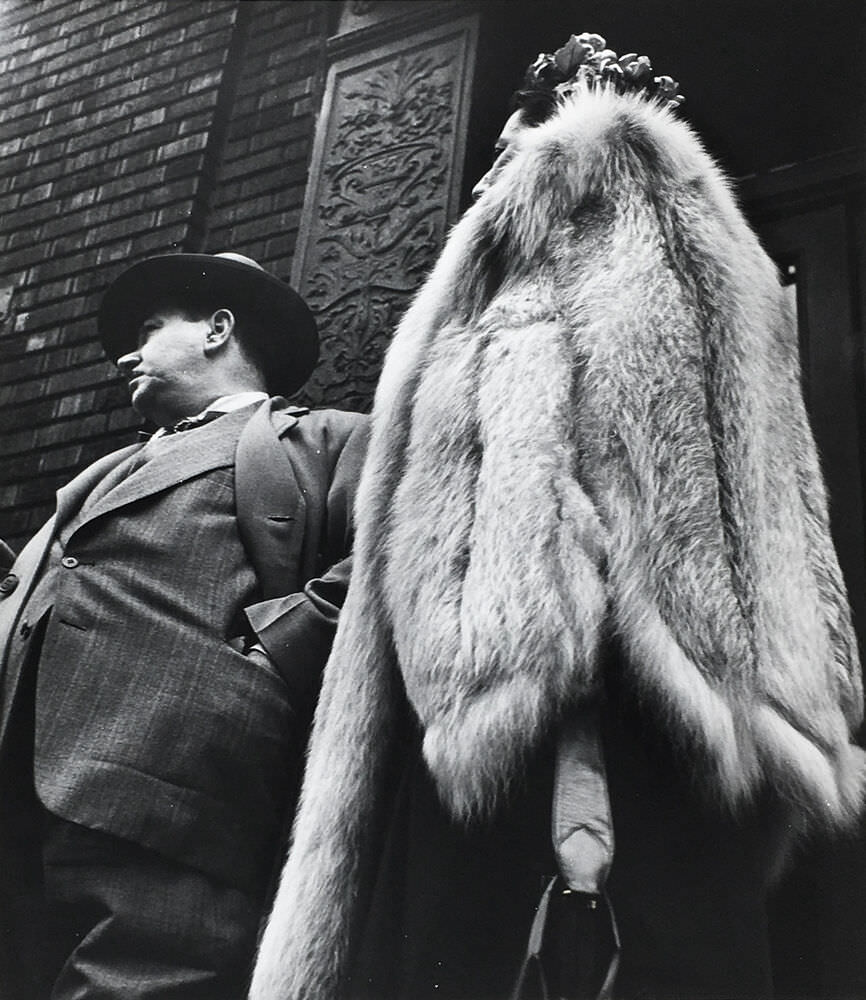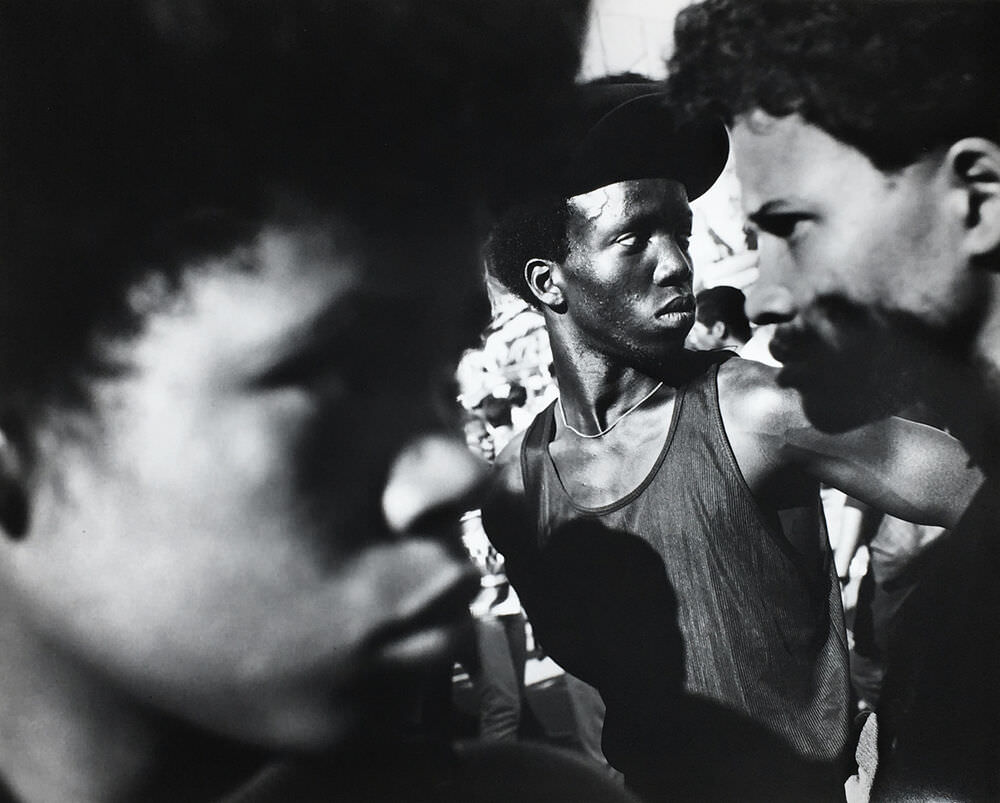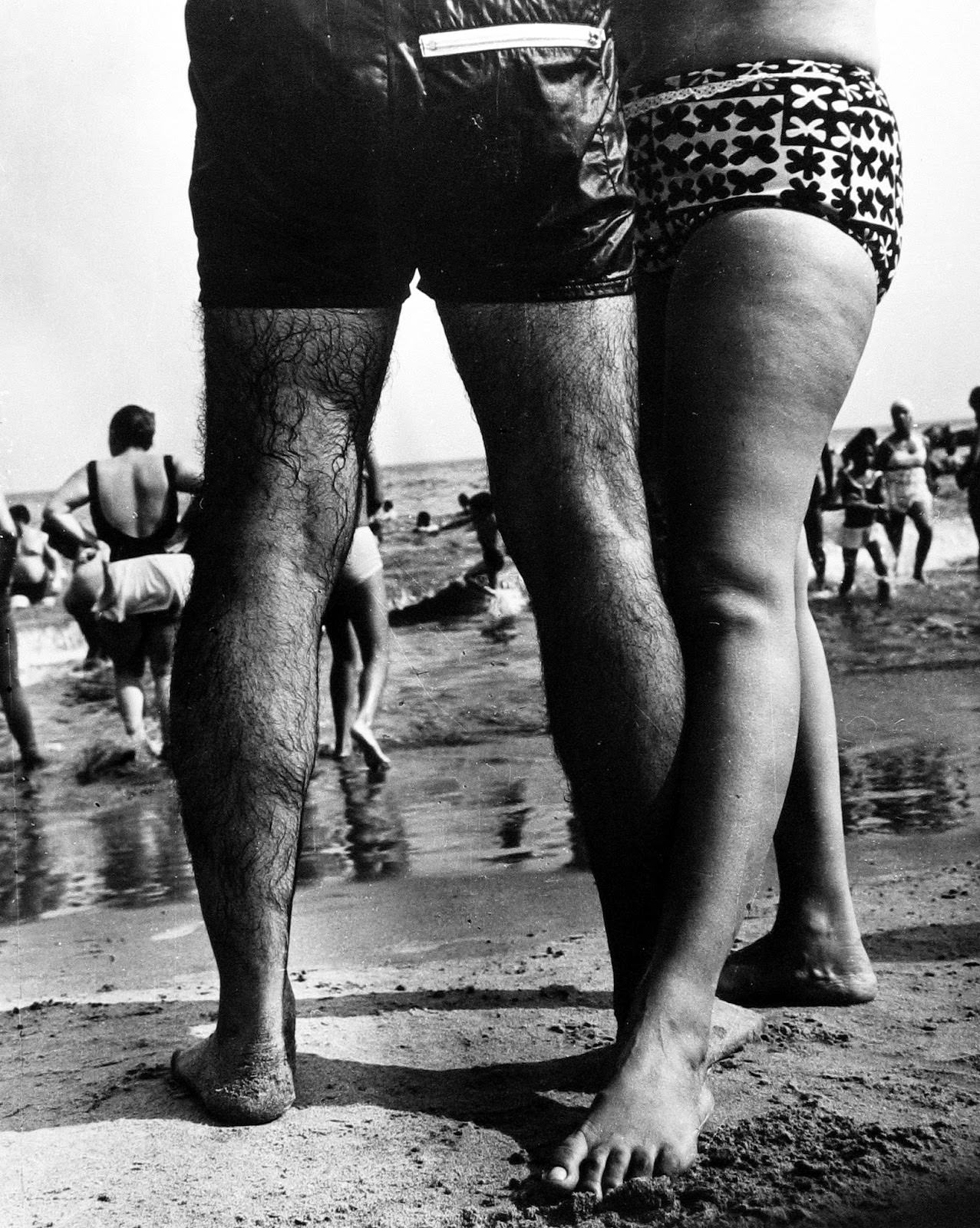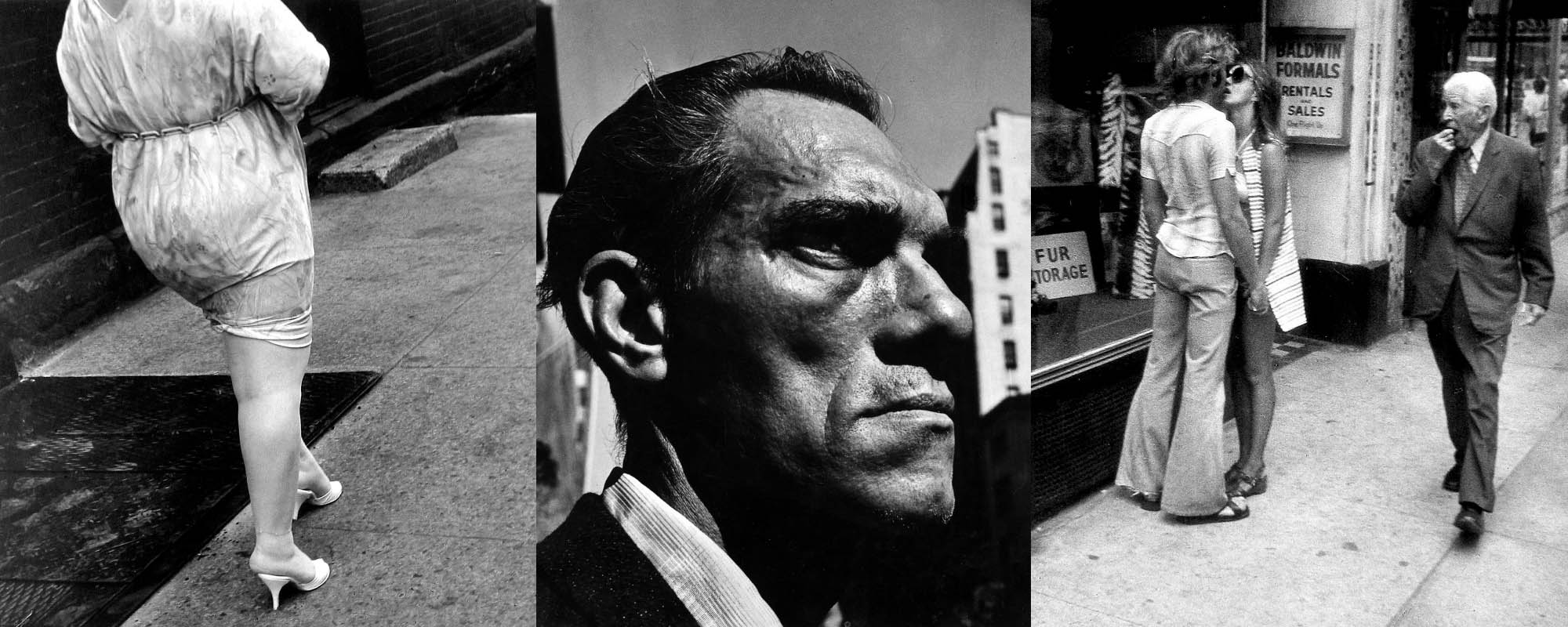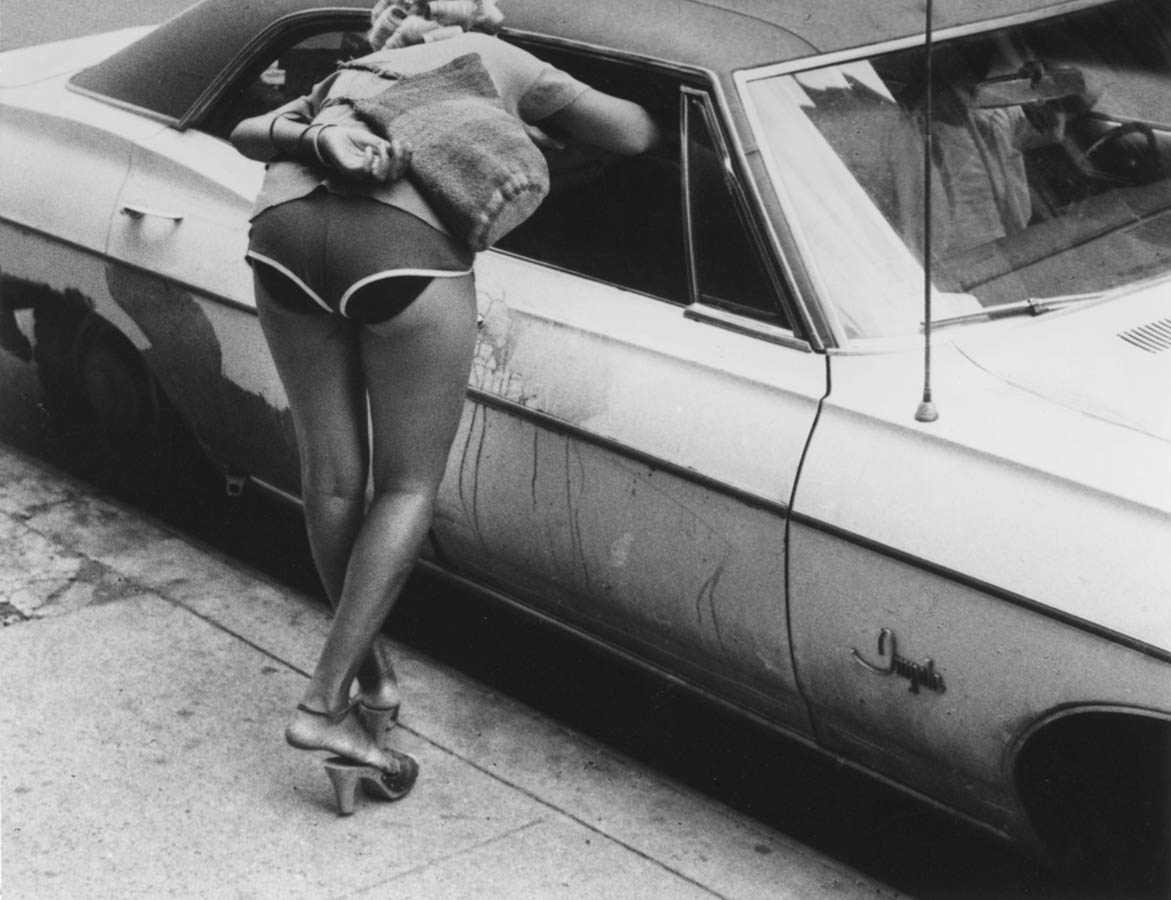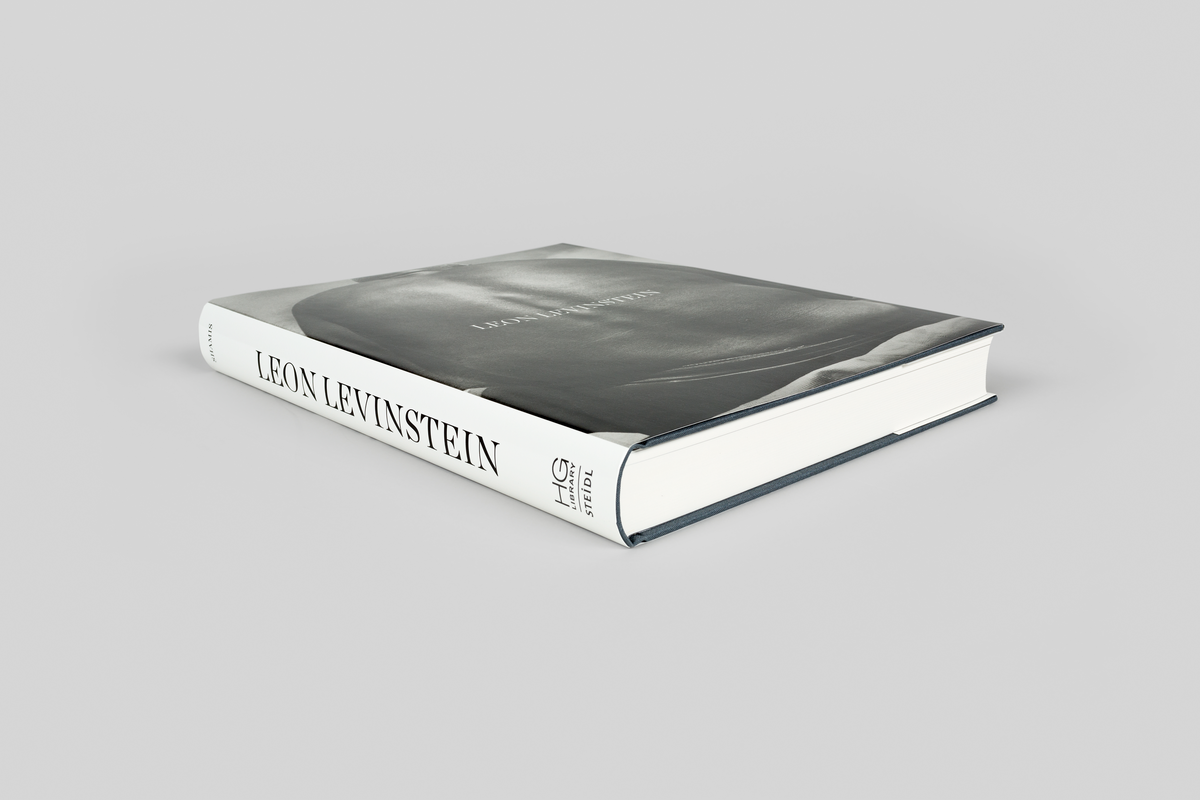The World of Leon Levinstein
The World of Leon Levinstein
American street photographer Leon Levinstein is much admired within the photographic community, but little known outside of it. Solo exhibitions at the National Gallery of Canada in 1995 and the Metropolitan Museum of Art in New York in 2010 brought him to the attention of many, but his dynamic and original work is yet to achieve the recognition it deserves.
Levinstein’s fearless and unsentimental black and white images, whether shot in New York City, Coney Island, Haiti, Mexico or India, possess in Metropolitan Museum of Art Curator of Photographs Jeff Rosenheim’s words, “graphic virtuosity – seen in raw, expressive gestures and seemingly monumental bodies – balanced by an unusual compassion for his off-beat subjects”.
In 1975, at the age of 65, Levinstein received a grant from the John Simon Guggenheim Foundation. His intention, in his own words, was to photograph “as wide a spectrum of the American scene as my experience and vision will allow”.
This long-awaited book fulfills this ambitious goal.
Born in West Virginia in 1910, Leon Levinstein moved to New York in 1946 and studied with Alexey Brodovitch, artistic director of Harper’s Bazaar, and Photo League founder and teacher Sid Grossman, both important early advocates. By 1950, Levinstein was photographing strangers on the street, a practice he would continue for the next 35 years.
About the Author
Leon Levinstein was born on September 20, 1910, in Buckhannon, West Virginia. He attended high school at Baltimore City College (1923–27) and college at Maryland Institute of Arts, Baltimore (1927–28). Levinstein remained in Baltimore until he enlisted in the army in 1942, serving mostly in Panama, as a propeller repair mechanic with the Air Corps. Shortly after his discharge from the army, with the rank of a sergeant in October 1945, he moved to New York City to work as an art director in his cousin’s advertising agency. In 1947–48 he studied with John Ebstel and Sid Grossman at the Photo League, and then in 1948–51 with Stuart Davis and Alexey Brodovitch at the New School for Social Research. He studied with Grossman for another three years. In the 1950s and 60s, his work was published extensively in major magazines such as Popular Photography and U.S. Camera Annual and won Popular Photography 1952’s International Photography Contest. In 1956, Levinstein exhibited at Helen Gee’s Limelight Gallery, the only solo show during his lifetime. Both Alexey Brodovitch, artistic director of Harper’s Bazaar, and Edward Steichen, renowned photographer and curator at the Museum of Modern Art recognized Levinstein’s talent; Levinstein’s photographs were included in nine group shows at the Museum of Modern Art. Levinstein rarely worked on assignments and never made photography books. He earned his living as a graphic designer, not as a professional photographer, and generally remained aloof from the art world (he received a Guggenheim Fellowship in 1975). This lack of broader recognition did nothing to slow him down, and he continued to photograph throughout his life. He died in New York City in 1988.
Levinstein’s work has a graphic virtuosity, using raw gestures and monumental bodies, balancing compassion and cruelty painting with shadows and light, portraying gently and direct the inhabitants of the streets he roams. He would skulk through crowds, blend in, and observe things that others would miss. Photographing strangers at close range, Levinstein captured the back alleys of New York City framing the faces, flesh, poses, and movements of his fellow city dwellers: couples, kids, beggars, prostitutes, families, society ladies, and sunbathers. Levinstein is best known for his candid and unsentimental black-and-white figure studies made in New York City neighborhoods from Times Square and the Lower East Side to Coney Island and Harlem. The ICP Collection also includes a substantial body of work of street photographs made on trips to India, Haiti, Spain, and Portugal.
Kirsti Svenning via International Center of Photography
Hardcover: 328 pages
Publisher: Steidl; First Edition edition (October 31, 2014)
Edited by: Bob Shamis and Howard Greenberg
Language: English
Product Dimensions: 10 x 1.5 x 12.2 inches
Weight: 5.8 pounds
Leon Levinstein, the definitive survey of this great, under-appreciated street photographer’s work, is also one of the best books about New York at its most lived-in and lowdown- a city of tough guys, working girls, lovers and loners that tourists rarely see. Sensitively sequenced and introduced by Bob Shamis, the work will remind you of Lisette Model, William Klein, Diane Arbus, and Weegee, all of whom covered similar ground, but Levinstein has a raw power all his own; he gets unsettlingly close to his subjects, looks hard, and never flinches. Bonus: a chapter of color work, previously unseen.

